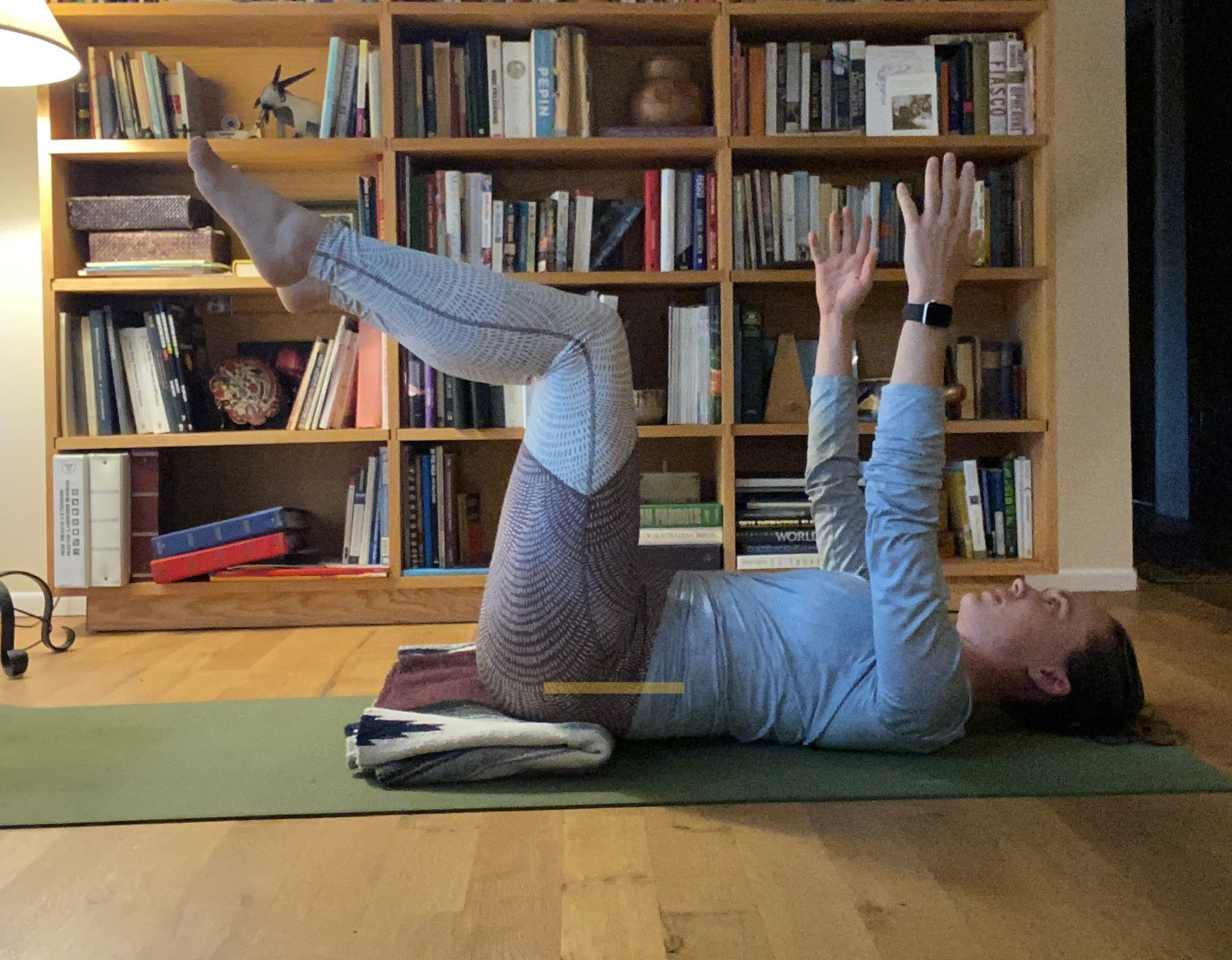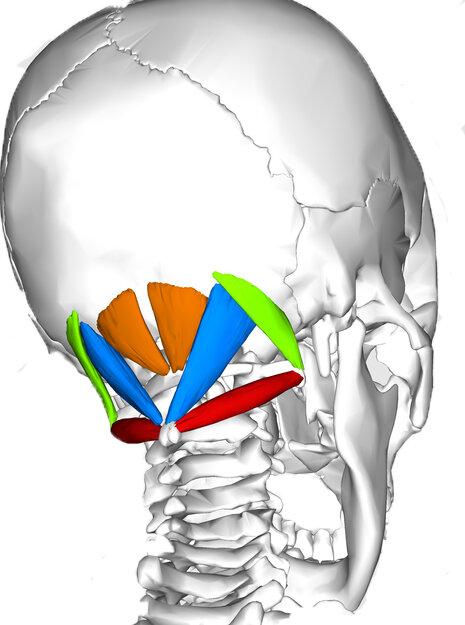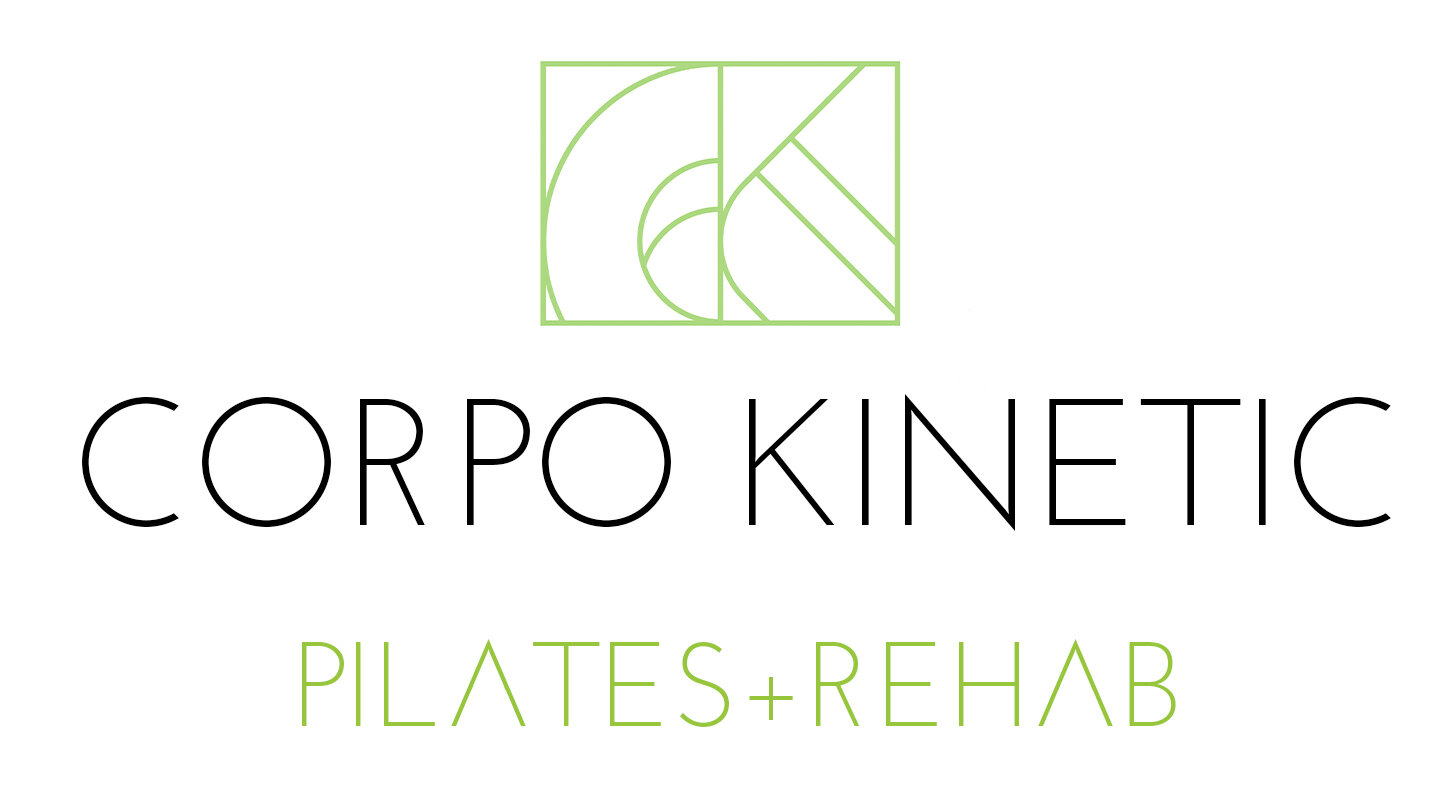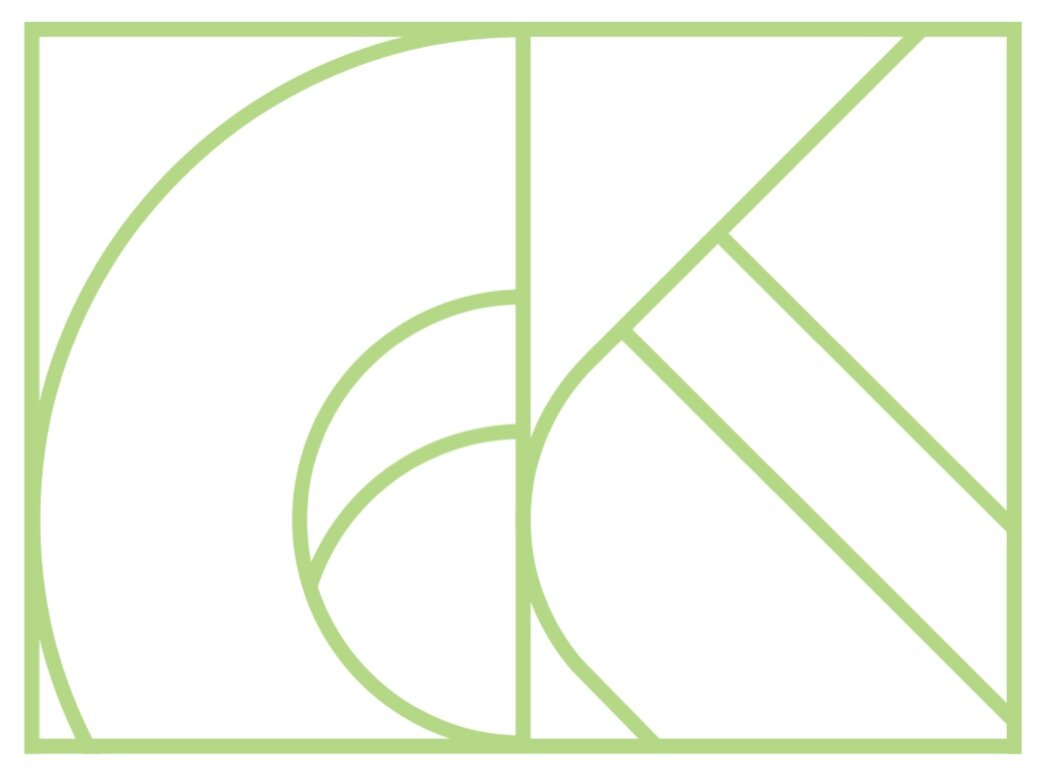
Blog

Common Pilates Cues Explained
There’s some common lingo you’ll hear in Pilates classes. Regardless of whether your next class is your first or hundredth, let’s deepen our practice by reviewing some fundamental Pilates cues together.

Glutes, Glutes, Glutes!
At the start of each class, we ask our clients for requests — anything that they would particularly like to work on during the session. One of our most common requests: glute work. And we love that! Why? Because whether the requester knows it or not, strong glutes are essential to healthy, highly functioning spines, hips, and knees.

Intermediate Pilates Core
New to Pilates? Last month we introduced you to a few simple Pilates core exercises. This month we’ll talk about how to progress.

Neutral Pelvis, Cont.
In our last blog, we discussed the neutral pelvis: why it matters, and how to find your neutral in a variety of positions: sitting, standing, and laying on your back (or supine). Ideally, a neutral pelvis is one from which you can comfortably move, meaning we can effectively work the core and hip muscles without strain on the back or pelvis. Not everyone can comfortably find neutral without props or modifications - sometimes tension in the body, injury, or habitual postal patterns restrict the body’s ability to comfortably be in neutral without strain. If that sounds familiar, read further! This month we’re focusing on ways to prop or modify to make your neutral pelvis feel a little more comfortable, and possibly even a little more familiar.

Anatomy Moment: The Suboccipital Muscles
The suboccipital muscles are a group of eight tiny muscles - four on the right, four on the left - that attach the skull to the first and second vertebrae in the neck. Anatomical terms can give us a host of information about muscle shape or location, and, in some cases, function. Let’s explore what the suboccipital muscle names tells us…

